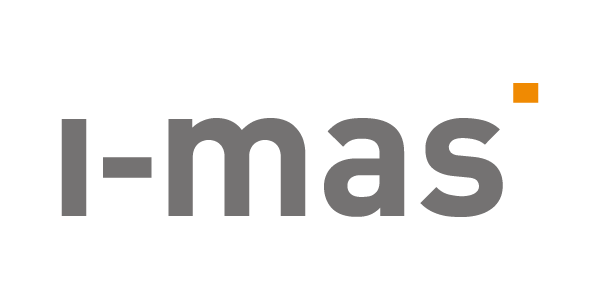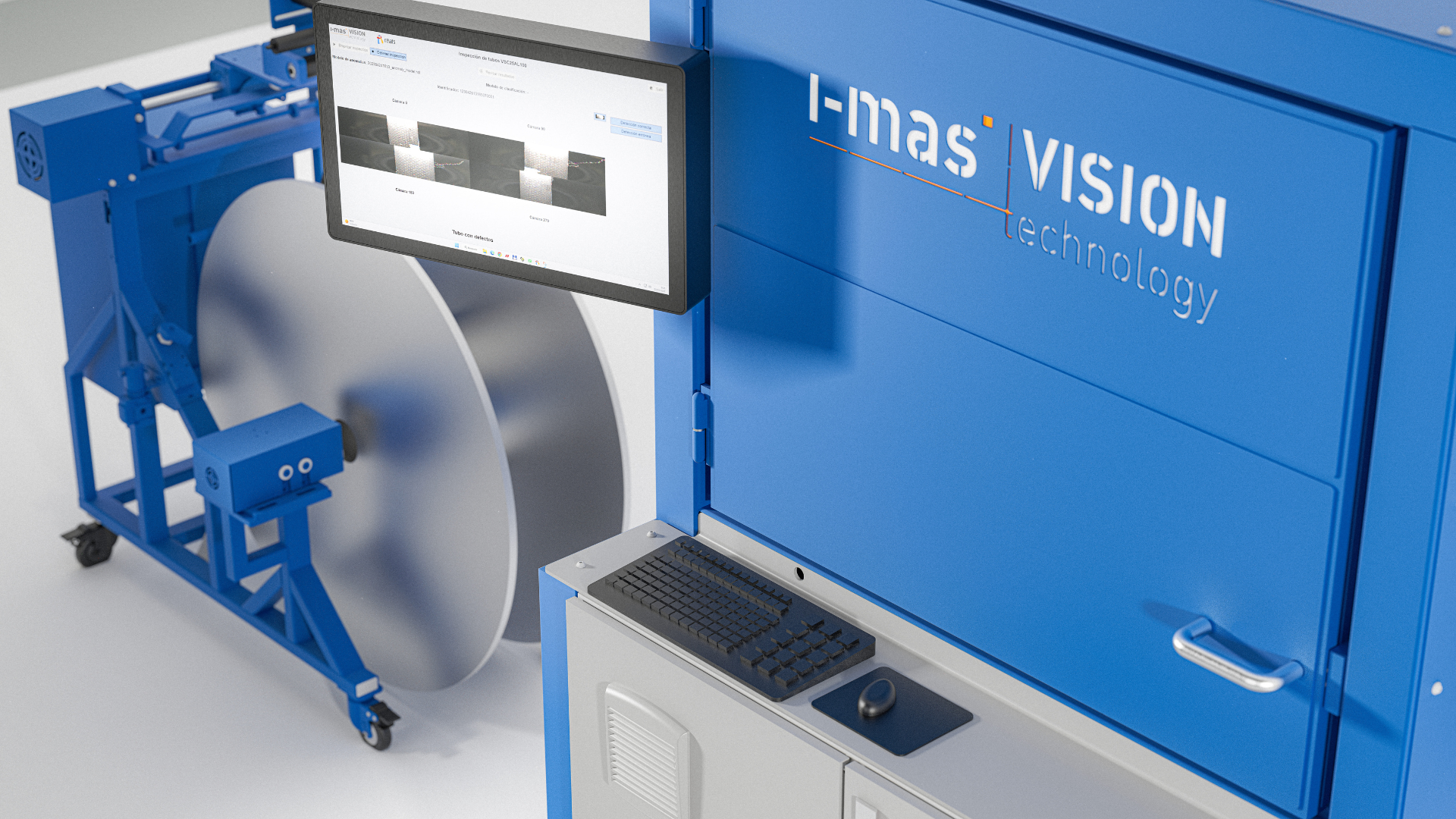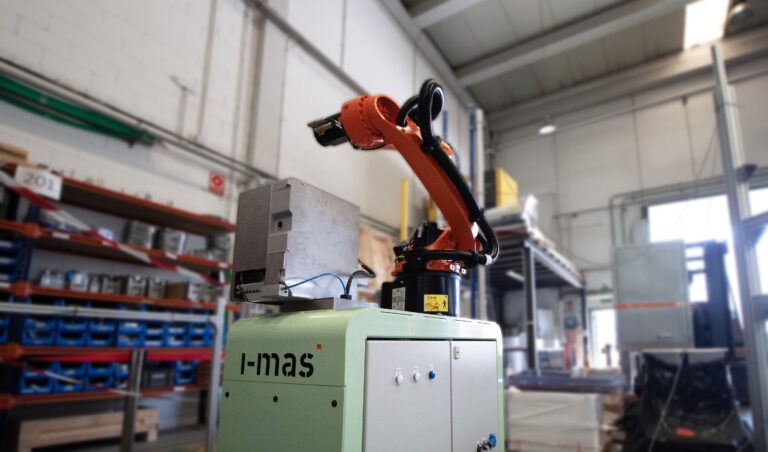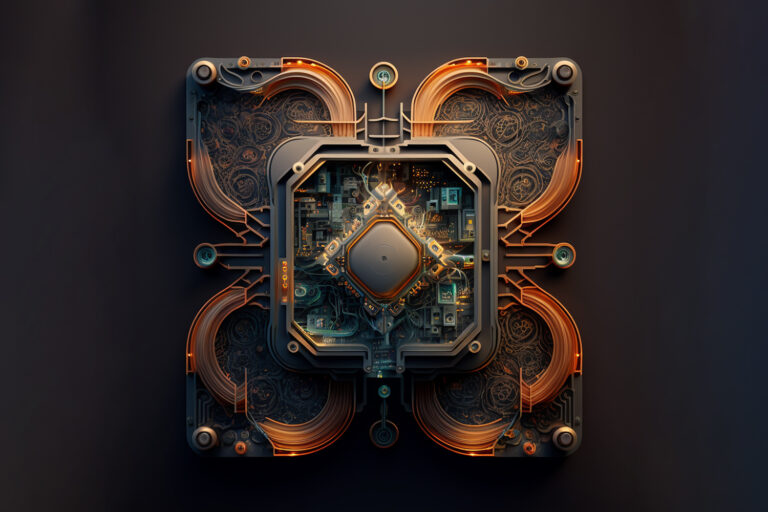Defect detection with machine vision in industrial automation is an automated process that uses high-resolution industrial cameras and advanced algorithms to inspect and analyze products in real time, ensuring high quality and efficiency on the production line.
In this context, machine vision is a key technology for Industry 4.0, providing a reliable and cost-effective solution for defect detection, ensuring flawless products and optimizing manufacturing processes in various sectors.
Applications of defect detection in industrial automation
- Surface Inspection: Computer vision can detect surface defects in products, such as scratches, stains, cracks, or bubbles in materials like plastic, metal, glass, or textiles.
- Dimension Control: Vision systems can accurately measure the dimensions of products to verify that they meet design specifications by identifying deviations that may affect their functionality or quality.
- Assembly Defect Detection: Computer vision can identify assembly problems such as missing, misaligned, or improperly assembled parts, ensuring the integrity and proper functioning of the final products.
- Label and Code Verification: Vision systems can read and verify barcodes, QR codes, serial numbers, or other information printed on products or packaging, ensuring traceability and product authenticity.
- Weld Inspection: In welding applications, computer vision can detect defects such as porosities, cracks, or lack of penetration in welded joints.
- Classification and Sorting: Computer vision can classify products based on their characteristics such as size, shape, color, or detected defects, facilitating their proper distribution and storage.
- Contaminant Detection: In the pharmaceutical and food industries, computer vision can identify contaminants such as foreign bodies, residues, or impurities in products, ensuring the safety and quality of food and medications.
- Packaging Inspection: Vision systems can verify the integrity of packaging, detecting defects such as deformations, leaks, or incomplete seals, ensuring that products reach the consumer in optimal conditions.
Benefits of Defect Detection with Computer Vision
The integration of computer vision systems into production processes offers a series of significant benefits that are increasingly prevalent in many types of industries:
- Precision and Consistency: Computer vision enables precise and consistent defect detection, eliminating human variability and reducing inspection errors.
- Increased Speed: Vision systems can inspect products at much faster speeds than manual methods, analyzing images and videos in real-time and significantly improving efficiency and productivity.
- Cost Reduction: By identifying defects in early stages of the process, costs associated with labor, materials, and the need for hiring additional personnel for manual inspections are reduced. This translates into resource optimization and increased production efficiency.
- Production Process Optimization: By analyzing data collected during inspection, computer vision systems can identify patterns and trends that help improve industrial processes.
- Regulatory Compliance and Quality Standards: Implementing computer vision systems helps ensure compliance with regulations and quality standards, which is crucial in regulated industries such as food, pharmaceutical, or automotive. By reducing the likelihood of errors and defects, the risk of non-compliance is minimized, protecting the company’s reputation.
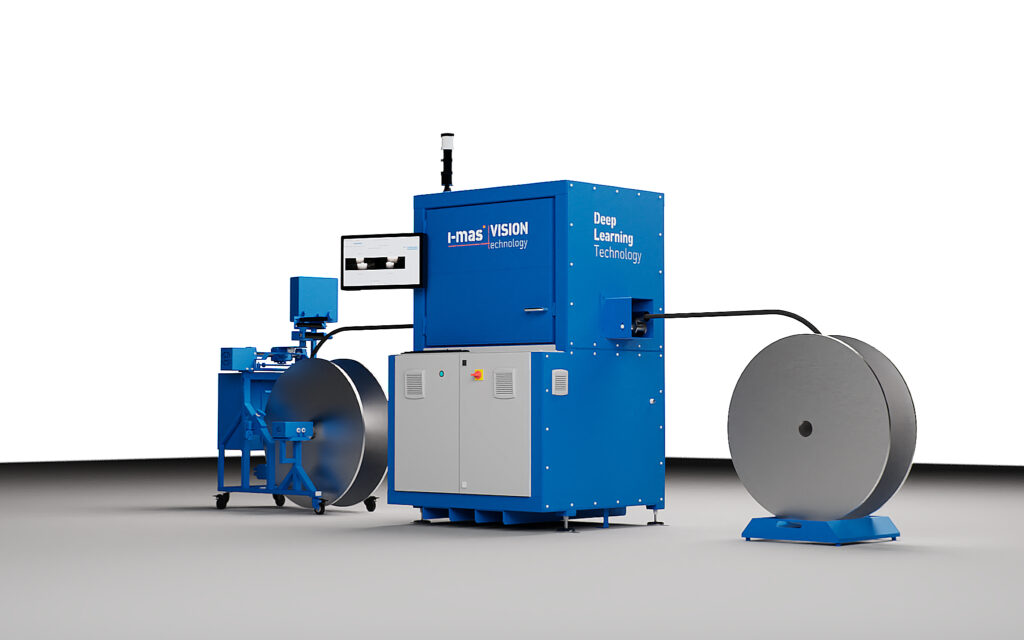
Influence of i-mas
At i-mas, we have developed a defect detection team for cables using technologies such as deep learning and machine learning.
This team inspects and detects defects in cable jackets covering different types of wiring and features inspection stations equipped with anti-static systems, responsible for removing particles adhered to the moving product, ensuring that images are of the highest quality and do not interfere with inspection results.
In i-mas artificial vision and automation department, we are transforming the industry with comprehensive solutions tailored to the specific needs of each client. With over 20 years of experience, we have a track record of numerous projects that have enhanced industry efficiency by combining industrial automation, artificial vision, and deep learning technologies to develop advanced and efficient systems.
Want to learn more about our services? Get in touch with us!
